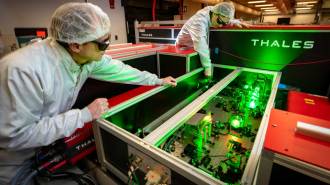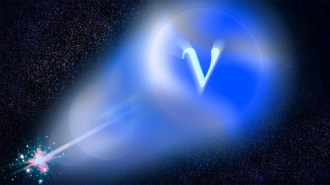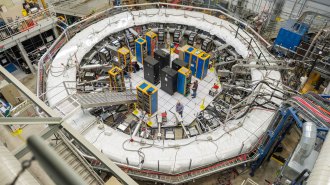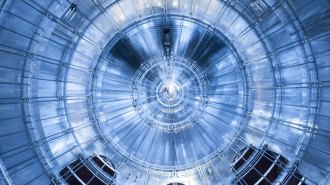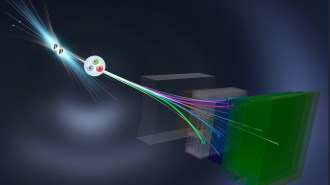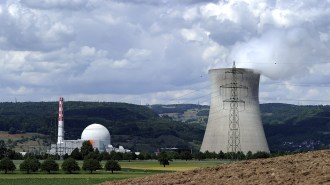New particle probably can’t explain nuclear reactor neutrino mystery
Experimental discrepancy seems due to faulty predictions instead
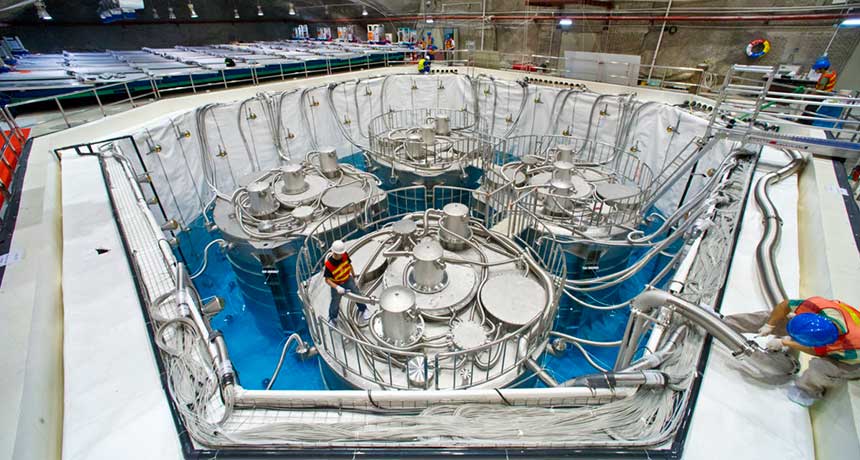
NO NEW NEUTRINO Scientists with the Daya Bay experiment in China, shown above, have determined that a shortage of neutrinos from nuclear reactors is probably due to a miscalculation, not a new type of neutrino.
Roy Kaltschmidt/Berkeley Lab
